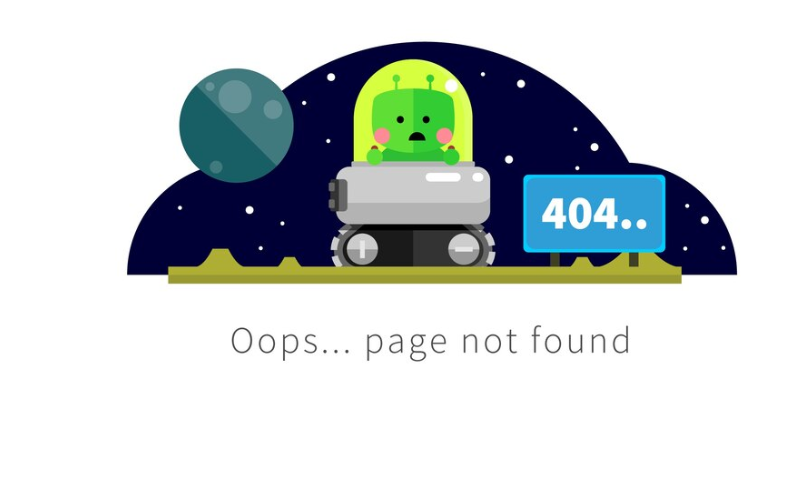In the world of technology, the act of designing tools typically revolves around solving problems for existing users. From software development to hardware design, products are created with the expectation that there is a clear, identifiable need to be addressed. But what happens when we design tools for no one yet—when there is no immediate user base, no pressing demand, and no clear problem to solve, except for the one we might foresee in the distant future?
The concept of designing tools for “no one yet” is not only a provocative challenge but also a gateway to innovation, particularly in fields like space exploration, quantum computing, and artificial intelligence. These are the technologies that, while promising, may not yet have a wide-reaching user base but are being developed in anticipation of a future need. This article explores the motivations, risks, and rewards of creating tools that are ahead of their time.
1. The Concept of Designing for the Future
Designing tools for a future that doesn’t yet exist can seem like a gamble. Technology development often follows demand, and typically, tools are made to meet current needs. But there are instances when we must design for scenarios that haven’t fully materialized. This type of forward-thinking innovation requires a deep understanding of both potential problems and emerging opportunities.
Examples of “Tools for No One (Yet)”:
- Quantum Computers: Today’s quantum computers are largely experimental and used by a small number of researchers. They have the potential to revolutionize fields like cryptography, materials science, and machine learning, but practical, widespread applications are still years, if not decades, away.
- Space Exploration Tools: NASA, SpaceX, and other space agencies are constantly developing technologies for lunar bases, Mars colonies, and beyond. These tools might not have many users today, but they will become indispensable for future interplanetary living.
- Artificial General Intelligence (AGI): Designing tools for AGI involves developing advanced algorithms and computing power that will one day create machines with human-like cognitive abilities. Today, we don’t yet know what the true needs of AGI will be, but the groundwork is being laid.
2. Motivations Behind Designing Tools for No One Yet
1. Innovation Without Constraints
When designing for a future user base that doesn’t yet exist, developers are free from the constraints of current markets, preferences, and limitations. This unbounded innovation can lead to groundbreaking technologies. Rather than focusing on incremental improvements to existing products, innovators can think expansively about potential breakthroughs.
2. Shaping the Future
Designing tools for a future user base allows creators to actively shape that future. For instance, the tools developed today for quantum computing could lay the foundation for industries that don’t yet exist. Pioneering new technological fields creates an opportunity to set the rules and standards, potentially positioning designers and companies as leaders in new markets.
3. Long-Term Problem Solving
Some problems are so complex that they will take decades to solve, if not longer. Designing tools for these problems often requires long-term thinking and vision. For example, terraforming Mars or developing sustainable lunar habitats requires creating technology for which there are few immediate users but which may become critical to human survival in the distant future.
3. The Risks of Designing for No One Yet
While designing tools for an unknown future holds great promise, it comes with significant risks and challenges:
1. Resource Allocation
Designing technology with no immediate market in mind can be resource-intensive. Research and development can take years, and without clear, measurable demand, funding may be difficult to secure. It can be hard to justify large investments in technologies that don’t have a proven return or application in the present day.
2. Misalignment with Future Needs
There’s always a chance that the future needs won’t align with current predictions. Technologies that seem revolutionary today might turn out to be unnecessary or outdated in a few decades. A classic example is flying cars—a technology that has been promised for decades but is still far from being a mainstream necessity.
3. Technological Obsolescence
Some tools or systems may evolve faster than anticipated, causing older, visionary technologies to become obsolete before they even have a chance to be widely adopted. The field of artificial intelligence and machine learning has already seen this: technologies that were groundbreaking a decade ago are now considered outdated as more advanced methods take their place.
4. Strategies for Designing Tools for No One Yet
Despite the challenges, there are strategies to mitigate the risks of designing for an uncertain future:
1. Focus on Foundational Technologies
Rather than designing specific tools for unknown users, focusing on foundational technologies that enable future applications is a safer bet. For example, improving the core algorithms or building the hardware infrastructure for quantum computing or space exploration ensures that future developments can build upon these advancements.
2. Modular and Adaptable Design
Creating tools that are modular and adaptable allows them to evolve over time, accommodating future needs as they emerge. For instance, hardware platforms that can be easily upgraded with new components will be more resilient to the rapid pace of technological change.
3. Collaborative Development
Designing for a future that doesn’t exist yet often requires collaboration across various disciplines, including engineering, philosophy, and sociology. By fostering cross-industry partnerships and working with thought leaders in diverse fields, innovators can ensure their creations have the versatility to meet unforeseen future challenges.
5. The Reward: Creating Technologies That Change the World
The rewards for successfully designing tools for “no one yet” are profound:
- Defining new industries: As seen with the rise of the internet, social media, and mobile technology, designing tools for a future that doesn’t yet exist can give birth to entirely new industries.
- Contributing to humanity’s progress: The tools we create today may lay the foundation for the technologies that will shape the future of human life—whether on Earth, on Mars, or in the far reaches of the universe.
- Leaving a lasting legacy: By thinking far ahead and investing in long-term projects, innovators can create technologies that transcend their era, becoming monumental contributions to human knowledge and capability.
6. Conclusion: Designing for a World That Might Not Exist (Yet)
Designing tools for no one yet requires vision, patience, and a boldness to imagine the unimaginable. While the future may seem unpredictable, our ability to create technologies that anticipate and enable the needs of tomorrow is what drives the progress of humanity. Whether it’s laying the groundwork for interstellar travel or creating the first artificial general intelligence, designing for “no one yet” may be the key to unlocking the next great chapter in our technological evolution.
In a world where the future seems uncertain, one thing is clear: the tools we design today will shape the world of tomorrow—even if that world isn’t here yet.


